In early June, LabKey held two European User Conference events bringing together users in Basel, Switzerland and London, UK. Attendees had the opportunity to share their success stories and learn about the multitude of ways that LabKey could assist in their research efforts. Experts from LabKey led training sessions and gathered user feedback on upcoming development projects including our soon to be launched Sample Management solution. If you missed it, here’s a brief recap and we hope you will join us next time!
Using LabKey to Enable Reproducible Research
Dr. Thomas Schlitt, Staff Scientist, presented how the Department of Cognitive and Molecular Neurosciences at the University of Basel uses LabKey to gather and analyse data collected from volunteers taking part in psychological research. The data collected includes results of memory tests, picture recognition tasks, and reports on adverse events and medication taken during research studies. These diverse datasets are brought together using templates of lists and scripts to enable efficient adaptations in new studies.
A Wayfarer’s Guide to the Galaxy of LabKey inside the NIHR Oxford Biomedical Research Centre
Oliver Freeman, Technical Architect, discussed a few ways LabKey’s deployment inside the National Institute of Health Research (NIHR) Oxford Biomedical Research Centre is aiding research. One of their LabKey projects is a data collection tool for the Hepatology Research Project, a study with a custom-built UI utilizing Extract-Transform-Load processes (ETLs). LabKey is also used in the NIHR HIC Hepatitis Project to allow submission of files into the collation system, followed by the viewing and querying of the collated data. In the future, they will deploy a portal for clinical research data products across the organization employing native LabKey features including the metadata catalogue, project and folder level security, and LDAP authentication to control who has access to the data.
Genomic Research of Diagnostics of Rare Diseases using LabKey
Dr. Jean-Baptiste Rivière, Assistant Professor, described how the McGill University Health Centre (MUHC) and its Research Institute (RI-MUHC) is using LabKey Server to manage the explosion in data production triggered by the movement of genomic technologies from research to broad use for etiologic diagnosis of patients. They rely on the flexibility and robustness of the LabKey platform as they collect, standardize, integrate, and share diverse health and laboratory data on rare diseases and cancer. Specific uses include web-based test requisition forms and questionnaires, tracking of biological specimens and laboratory results, and generation of bilingual clinical reports of molecular results.
[vc_column width=”1/6″][vc_column width=”2/3″][vc_cta h2=”Join Us in Seattle this Fall” add_button=”bottom” btn_title=”Learn More and Register” btn_style=”custom” btn_custom_background=”#779e47″ btn_custom_text=”#ffffff” btn_align=”left” btn_link=”url:http%3A%2F%2Fwww.labkey.com%2Fproduct%2F2019-labkey-user-conference-workshop%2F|title:2019%20LabKey%20User%20Conference%20%26%20Workshop%20%7C%20Seattle%2C%20WA||”]The next LabKey User Conference will be held in Seattle October 3-4, 2019, bringing you more great presentations and opportunities to connect with the LabKey community. Hope to see you there![/vc_cta][vc_column width=”1/6″]
LabKey Server helps research teams efficiently manage, analyze, and publish biomedical research data at scale, maximizing its value. To learn about other applications of LabKey Server, check out more user presentations, or contact us.

 From June 2-6, 2019, LabKey Vice President
From June 2-6, 2019, LabKey Vice President 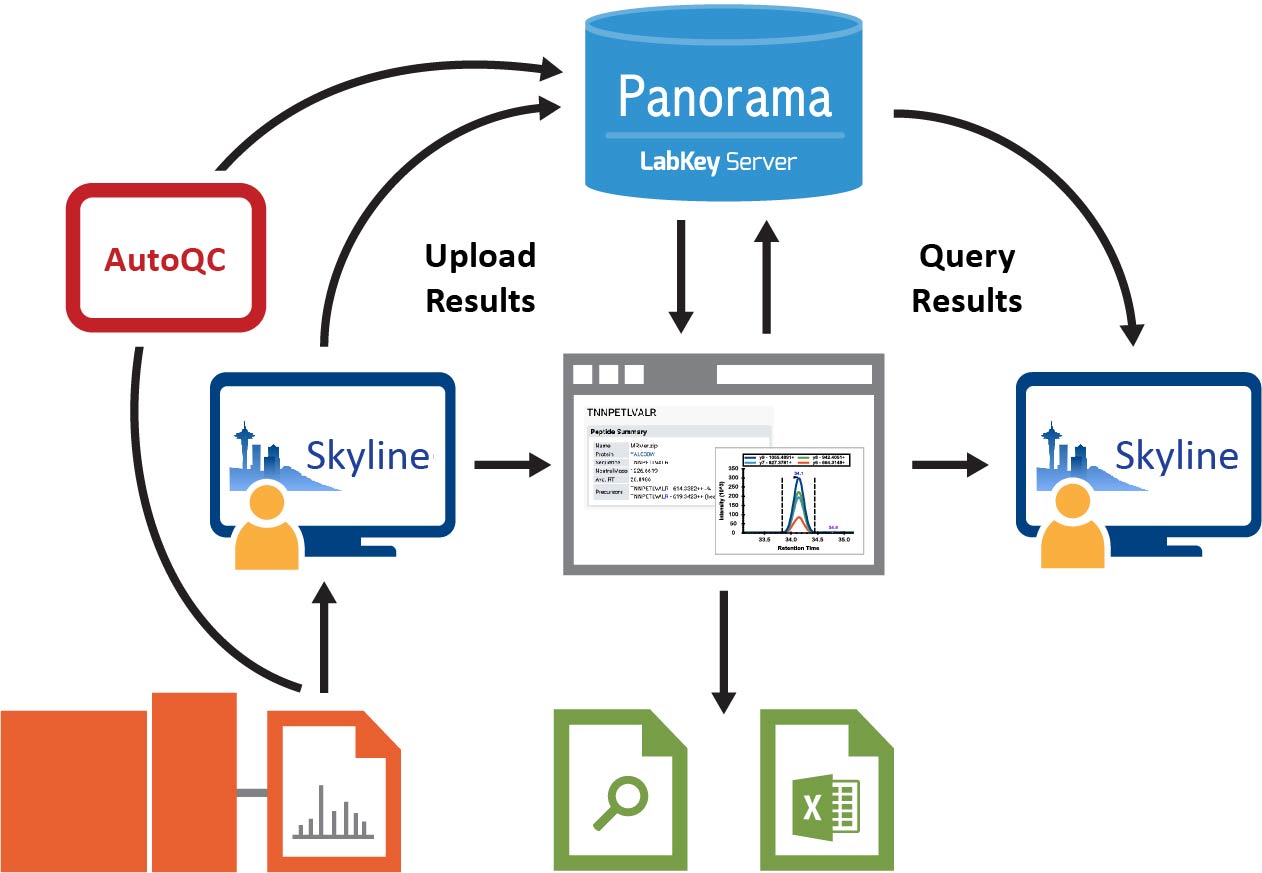

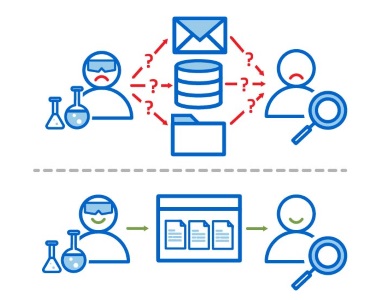 Using a data sharing hub, team members never need to wonder where to find the data they need. Clear and consistent gathering of experiment metadata means that not only do they see what they need, they immediately know when it’s ready for the next task or experiment. With LabKey Biologics, team members share access to the entity designs, biological samples, and analytical results they need for further research.
Using a data sharing hub, team members never need to wonder where to find the data they need. Clear and consistent gathering of experiment metadata means that not only do they see what they need, they immediately know when it’s ready for the next task or experiment. With LabKey Biologics, team members share access to the entity designs, biological samples, and analytical results they need for further research.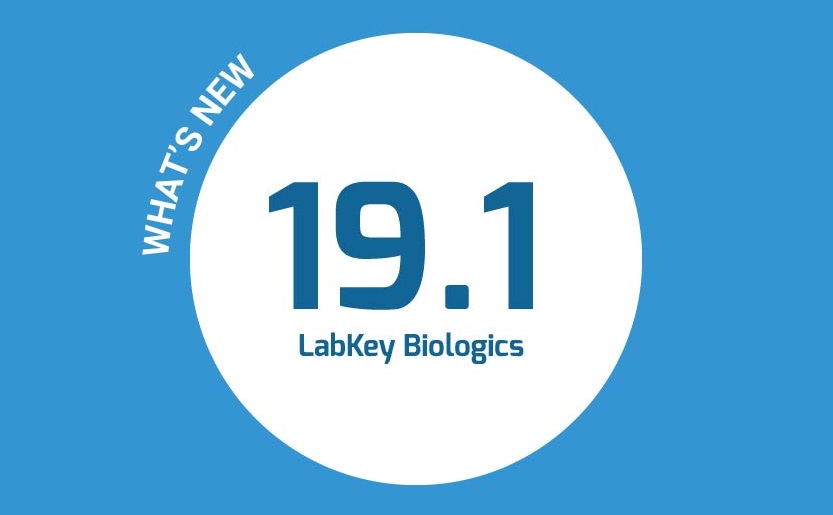
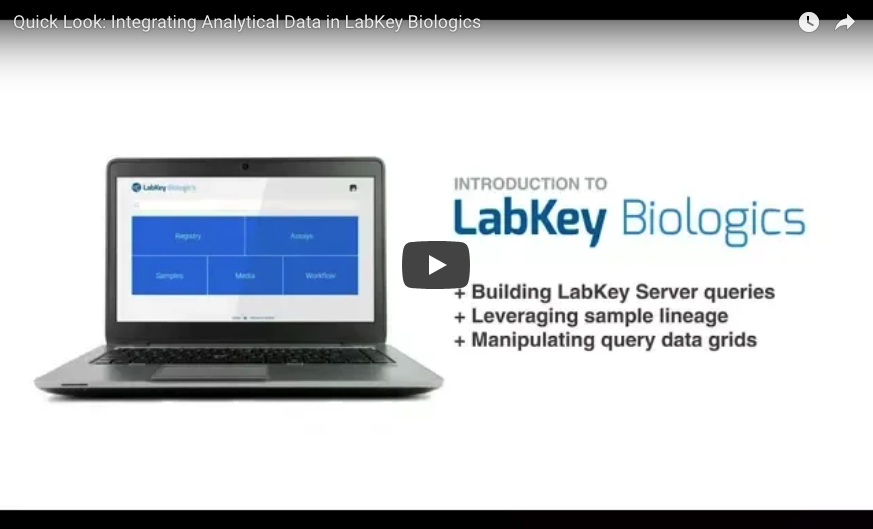


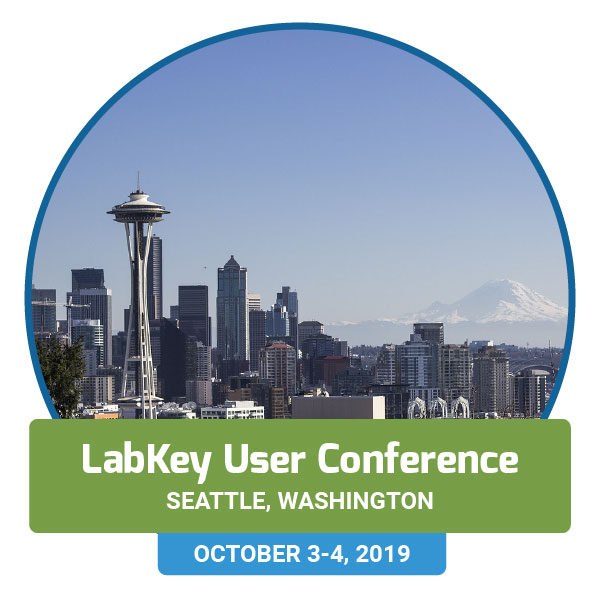



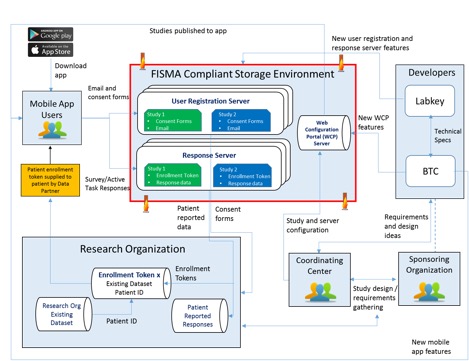
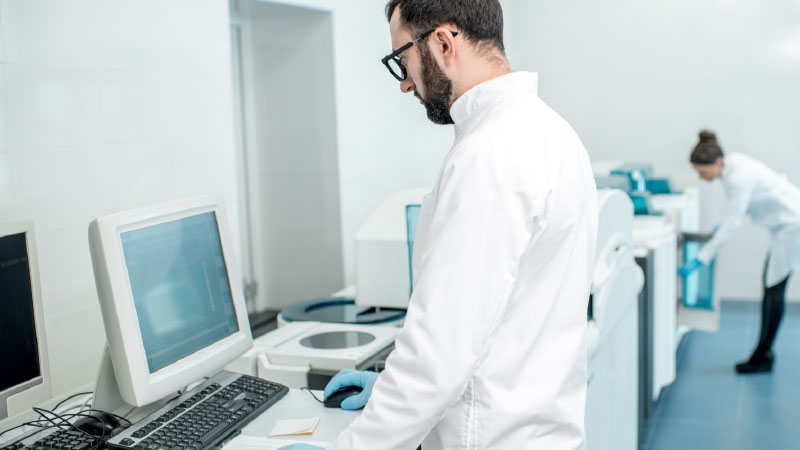
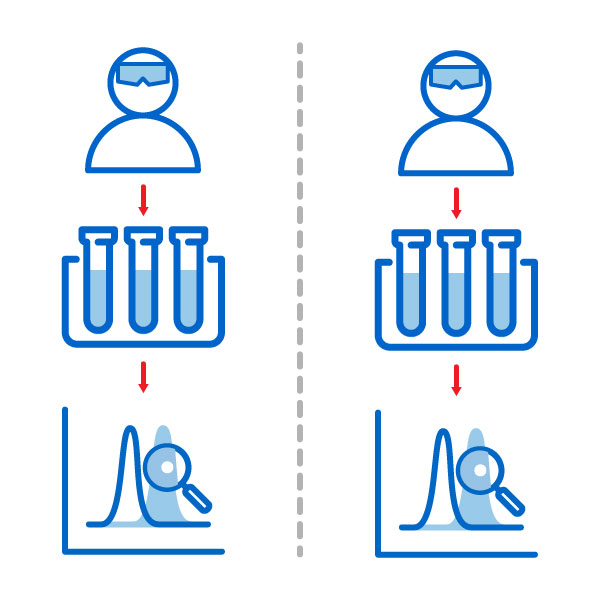 There are several ways in which the visibility into previously generated data provided by LabKey Biologics can prevent duplicate work in the lab. Perhaps a bench scientist is interested in understanding what protein expression occurs under a particular set of conditions. Unbeknownst to them, an experiment testing that same protein expression was completed 6 months earlier by another team member. Using LabKey Biologics, this researcher could search historical experiments with those same conditions and view their results, saving them the time and resources of conducting a new experiment.
There are several ways in which the visibility into previously generated data provided by LabKey Biologics can prevent duplicate work in the lab. Perhaps a bench scientist is interested in understanding what protein expression occurs under a particular set of conditions. Unbeknownst to them, an experiment testing that same protein expression was completed 6 months earlier by another team member. Using LabKey Biologics, this researcher could search historical experiments with those same conditions and view their results, saving them the time and resources of conducting a new experiment.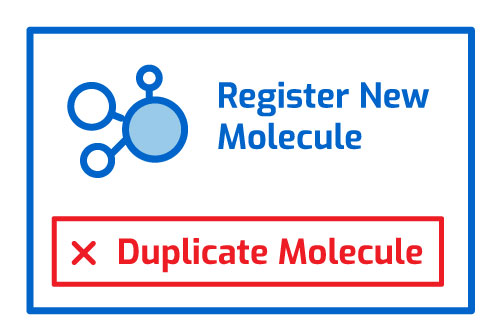 A lack of visibility into your team’s previously generated data can also lead to duplicate records in your bioregistry. LabKey Biologics provides easy mechanism for searching/sorting existing data to locate previously registered entities, and also conducts an automated uniqueness check on each entity registered in the system. These tools ensure that related data is connected to the correct entity from the start, and removes the need for downstream data clean-up.
A lack of visibility into your team’s previously generated data can also lead to duplicate records in your bioregistry. LabKey Biologics provides easy mechanism for searching/sorting existing data to locate previously registered entities, and also conducts an automated uniqueness check on each entity registered in the system. These tools ensure that related data is connected to the correct entity from the start, and removes the need for downstream data clean-up.
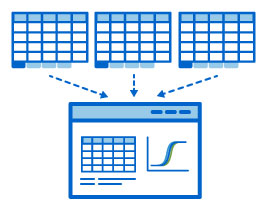 Providing support for multi-tabular excel output files and converting them into easy-to-read grids
Providing support for multi-tabular excel output files and converting them into easy-to-read grids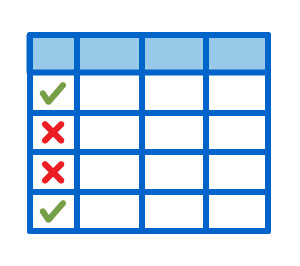 LabKey Server’s Luminex data management tools help labs improve quality control of their data by:
LabKey Server’s Luminex data management tools help labs improve quality control of their data by: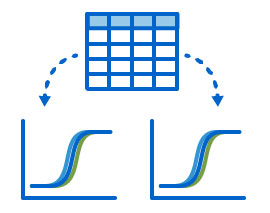 Logging changes to data records and allowing scientists to view the history of data transformations from the raw file to the analyzed results
Logging changes to data records and allowing scientists to view the history of data transformations from the raw file to the analyzed results